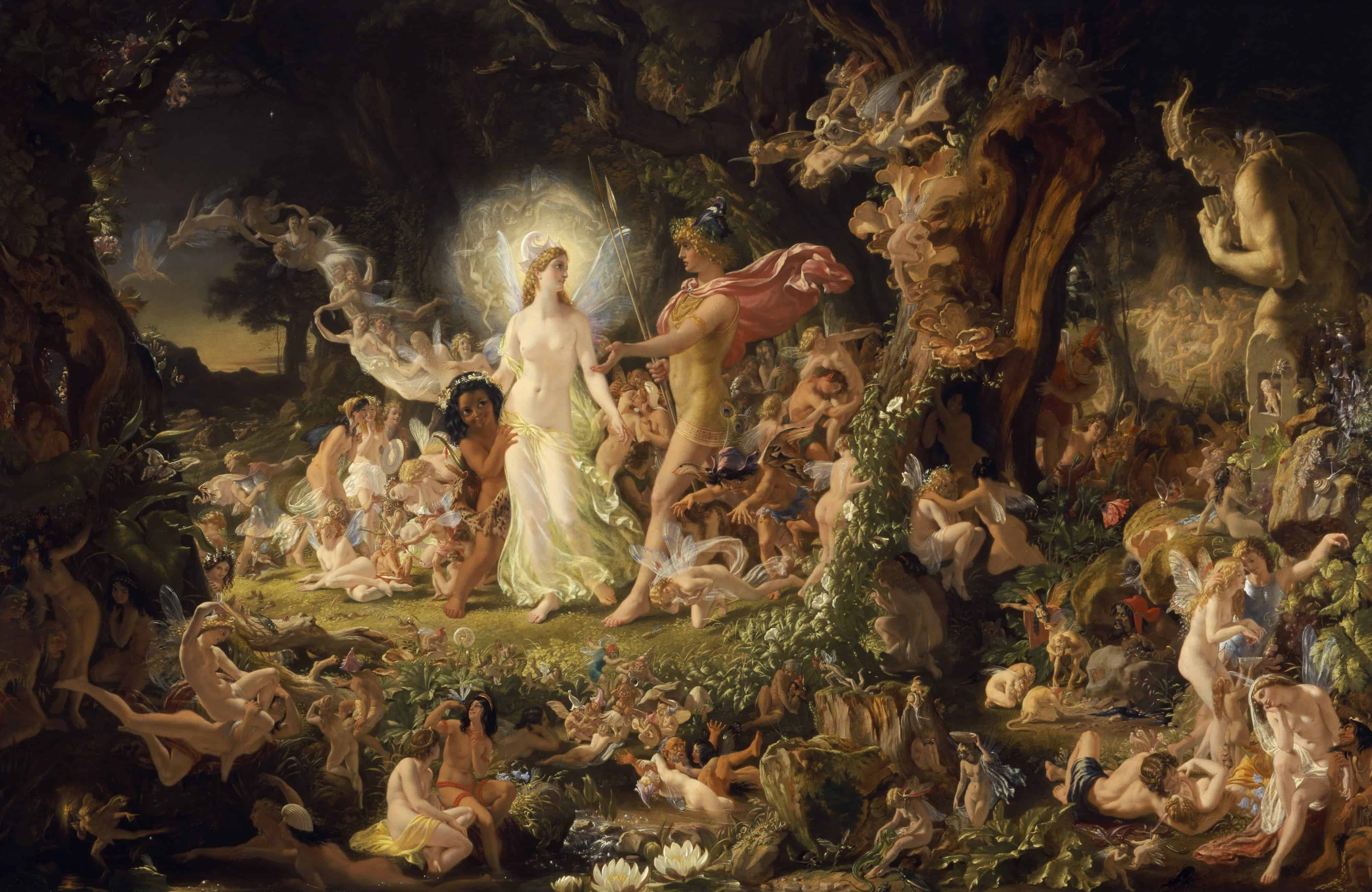
“The Quarrel of Oberon and Titania” oil painting by Sir Joseph Noel Paton 1849

“Oberon, Titania and Puck with Fairies Dancing” illustration by William Blake, c. 1786
The poem Austrfaravísur by Sigvat Tordsson, written around 1020, speaks of a Christian who was refused entry into a heathen Swedish home because they were celebrating Álfablót. What this blót meant is uncertain, because there are no descriptions of it, but it’s generally assumed to be connected to the ancestral cult.
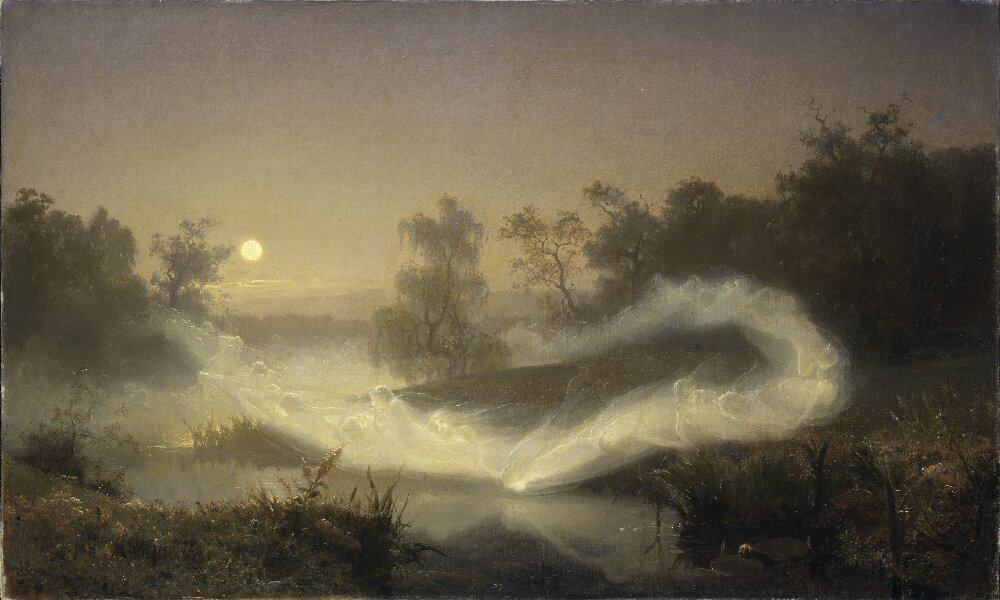
“Älvalek” (“Elf Play” although the museum lists it as “Dancing Fairies”) oil painting by August Malmström 1866
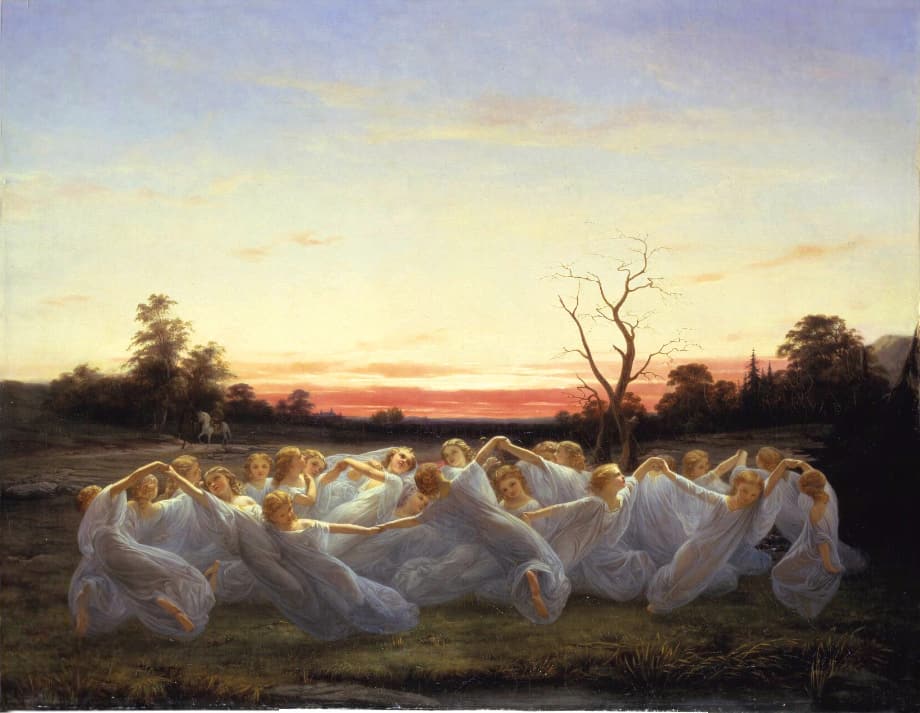
“Ängsälvor” (“The Meadow Elves”) oil painting by Nils Blommér in 1860
When people found neolithic flint arrowheads in the past, they were called Elf Shots. They were imagined to have been created and used by the Elves, and sudden paralysis was sometimes attributed to elf-stroke. If one offended the Elves, this was a possible payback.
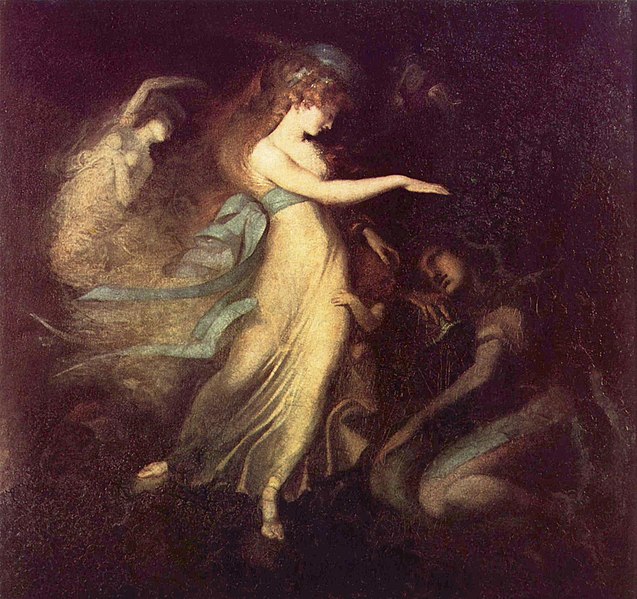
“Prinz Arthur und die Feenkönigin” (“Prince Arthur and the Fairy Queen”) by Johann Heinrich Füssli ca 1788
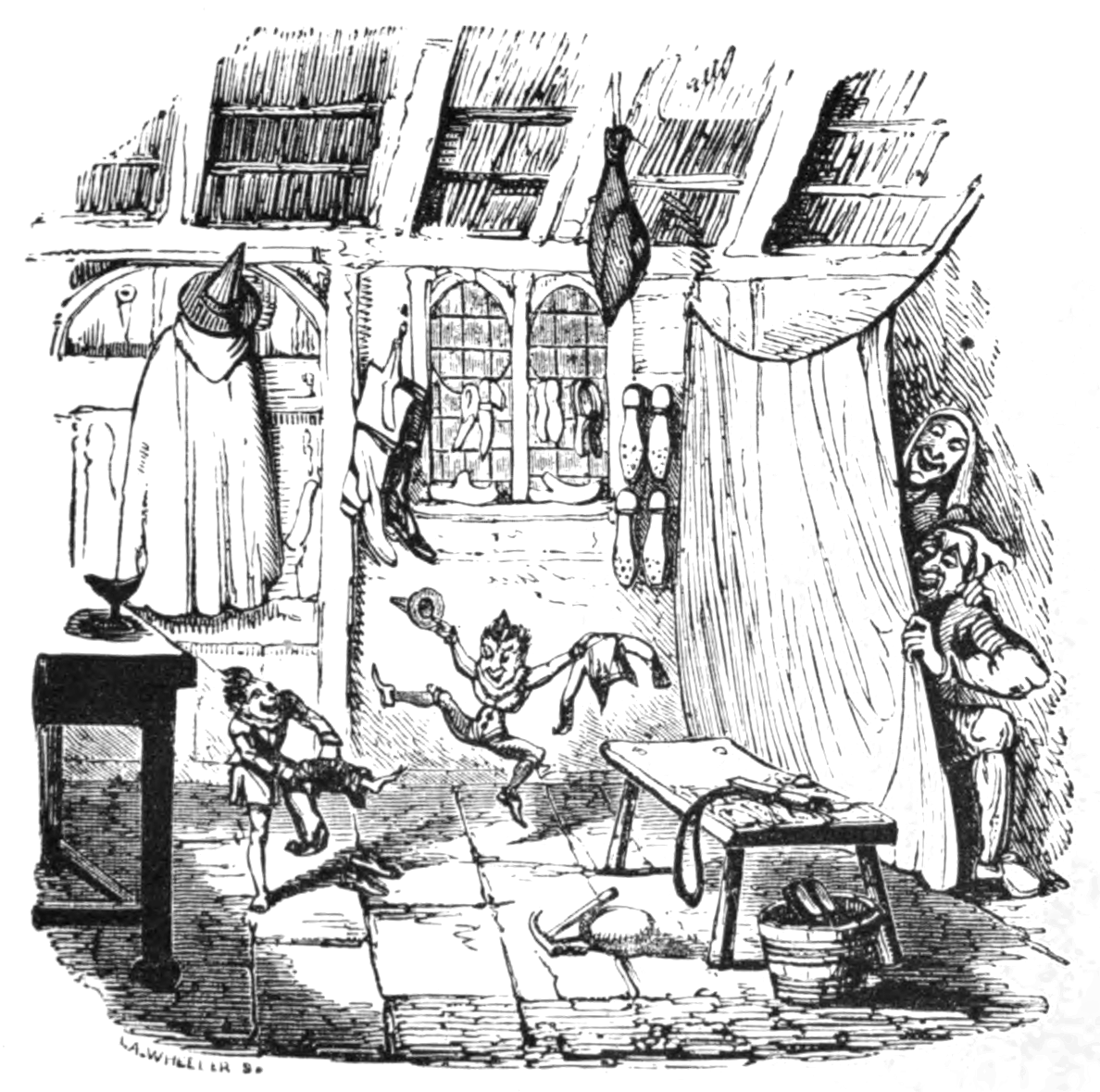
“The Elves and the Cobbler” engraving by George Cruikshank for “German Popular Stories” published 1824-26

“The Elf Ring” watercolour painting by Kate Greenaway ca 1900
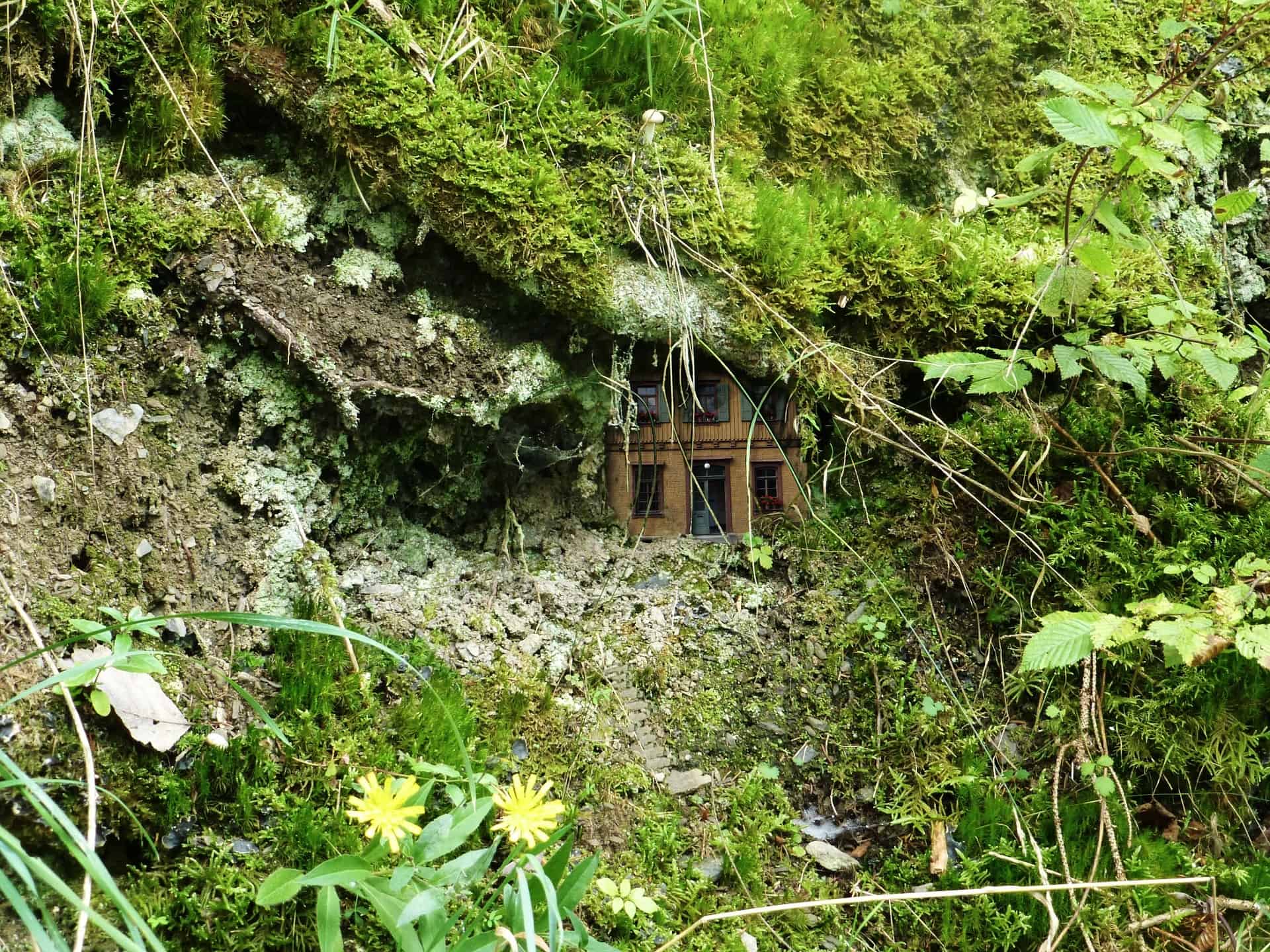
“Elf House” photo by Raben Frau on Pixabay
Do you believe in Elves or Fairies? What do you think they’re like?
Connect with me in the comments

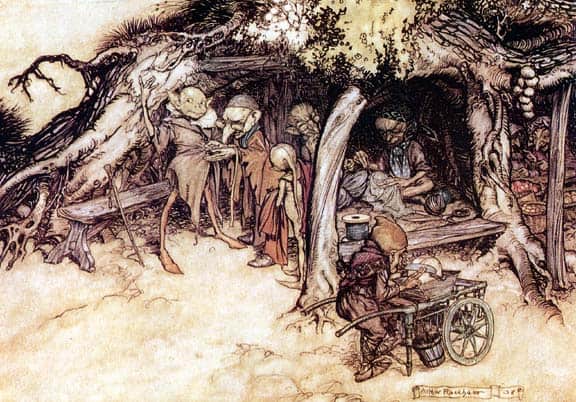


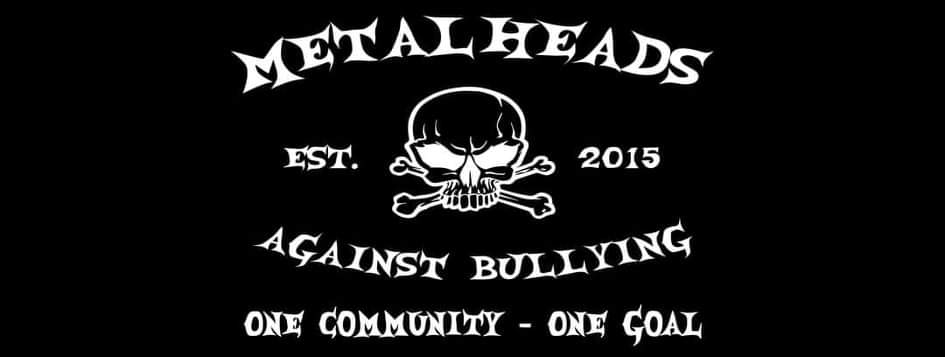


Interesting post. I have yet to read the Edda’s but an anxious to do so. I’m subscribing to your feed. Look forward to reading more
Brenda Lee, Pagan In Me
I’ve read them, but not in the original language though. I hope to be able to do so eventually.